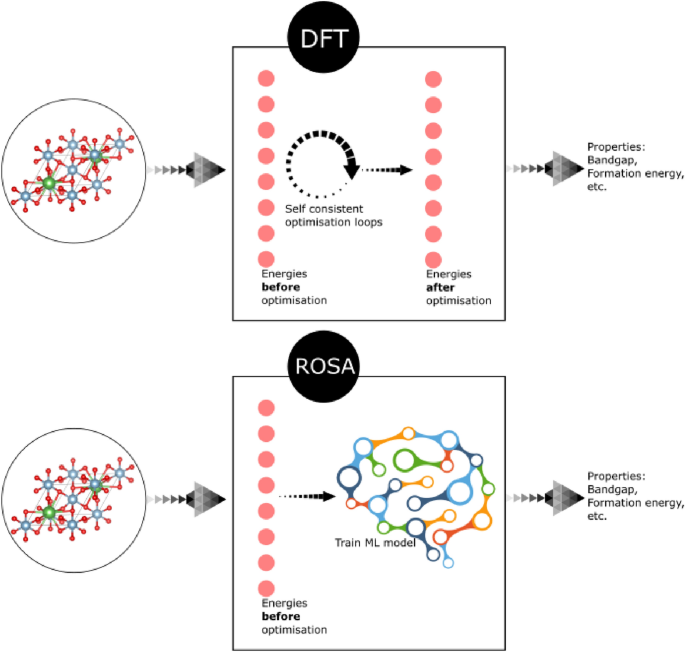2022-11-07 フィンランド・アールト大学
この材料は、化学修飾を一切行わず、木材由来ポリマーと生分解性ポリマーを革新的に組み合わせることで、各成分の利点を最大限に活用して作られている。
研究チームは、明確な形態と活性表面部位をもつリグニンナノ粒子が、セルロース(この場合はセルロースナノフィブリル)とPCLの両方と相互作用し、親水性セルロースと疎水性PCLの間の相溶化剤として作用することを実証した。
まず、有機溶媒に溶かしたポリカプロラクトン(PCL)を、水中でリグニンのナノ粒子と混ぜ合わせる。リグニン粒子は油水の界面で集合し、エマルジョンを安定化させる。このように固体粒子で安定化されたエマルジョンをピッカリングエマルジョンと呼ぶ。このエマルジョンは、膜形成の前にCNFの水性懸濁液と混合される。 このピッカリングエマルション法は、セルロースネットワーク内にポリマーを均一に分散させ、複合材料の湿潤強度と耐水性を向上させるとともに、セルロース繊維やフィブリルの優れた特性を保持するものである。開発された複合材料は、1日水に浸けておいても、乾いた状態でも湿った状態でも、純粋なCNFナノペーパーや純粋なポリマーよりも高い強度を示した。
これは、共有結合による直接的な表面改質や合成添加物を使用せずに開発されたセルロース系複合材料としては、最高の湿潤強度である。さらに、この戦略により、開発した複合材料に紫外線遮蔽や酸化防止などの機能が追加され、パッケージング用途に適した材料となった。
<関連情報>
- https://www.aalto.fi/en/news/lignin-nanoparticles-a-sustainable-recipe-for-combining-cellulose-with-hydrophobic-polymers
- https://onlinelibrary.wiley.com/doi/10.1002/admi.202200988
リグニンナノ粒子を用いたピッカリングエマルション法によるセルロース-ポリカプロラクトンナノコンポジットにおける界面調整剤としての役割 Lignin Nanoparticles as an Interfacial Modulator in Tough and Multi-Resistant Cellulose–Polycaprolactone Nanocomposites Based on a Pickering Emulsions Strategy
Erfan Kimiaei,Muhammad Farooq,Rafael Grande,Kristoffer Meinander,Monika Österberg
Advanced Materials Interfaces Published: 25 August 2022
DOI:https://doi.org/10.1002/admi.202200988

Abstract
Free-standing nanocellulosic films (nanopapers) emerge as attractive sustainable materials to replace traditional plastics. However, the moisture sensitivity of cellulose and its poor dispersion in hydrophobic polymers are challenges to its widespread application. Harnessing the inherent properties of cellulose, lignin, and polycaprolactone, a Pickering emulsion approach is proposed to produce multifunctional cellulose nanofibril (CNF) nanocomposite films. Aqueous CNF dispersion is combined with hydrophobic polycaprolactone (PCL) using colloidal lignin nanoparticles (CLPs) as the emulsion stabilizer. CNF–PCL nanocomposite films with over 134% increase in dry strength compared to nanocomposites without CLPs are fabricated. This interfacial engineering strategy results in a CNF-based nanocomposite with wet strength up to 87 MPa without any chemical modification or crosslinking agents. The mechanism behind the achieved excellent dry and wet strength and water resistance is investigated and it is suggested that it is due to the amphiphilic CLPs that are able to form non-covalent bonds with both cellulose and PCL, thus binding these together. Furthermore, the nanocomposite films’ protection against UV and oxidation is significantly enhanced by increasing the CLPs content. Our proposed interfacial engineering strategy can be generically applied to other polymer systems and shows a great potential to pave the way toward replacing fossil-based plastics.



